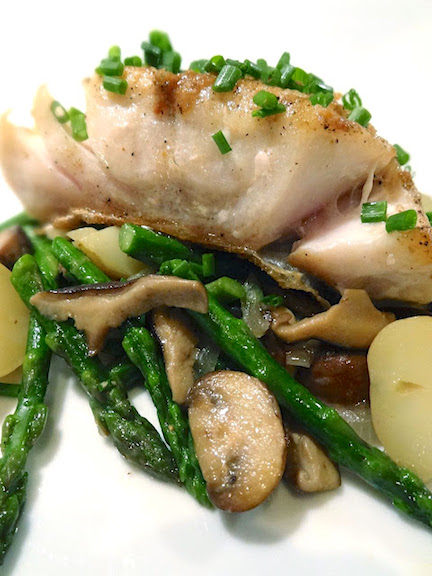Gluten-Free Venetian Carrot Cake
Serves 8-10
Recipe courtesy of Nigella Lawson
Carrot cake:
3 tbsp pine nuts
2 medium carrots, about 8 oz
3 oz golden sultanas
2 1/4 fl oz rum
5 oz white granulated sugar
4 1/2 fl oz olive oil, plus extra for greasing
1 tsp vanilla extract
3 large eggs
9 oz ground almonds
1/2 tsp ground nutmeg, or to taste
1/2 lemon, finely grated zest and juice
Cream Cheese Frosting:
8 oz cream cheese
3 cups icing sugar
1/2 tsp vanilla
Preheat the oven to 350°F. Line the base of a 9-inch round springform cake pan* with baking parchment and grease the sides with olive oil. Toast the pine nuts by browning in a dry frying pan, then set aside. Grate the carrots in a food processor or with a coarse grater, then wrap in a clean kitchen towel and wrap them, to soak up excess liquid, then set aside.
Put the golden sultanas in a small saucepan with the rum, bring to the boil, then turn down and simmer for 3 minutes. Whisk the sugar and oil until creamily and airily mixed, then add the vanilla extract and eggs and, when well whisked, fold in the ground almonds, nutmeg, grated carrots, golden sultanas with any rum that clings to them, and finally, the lemon zest and juice.
Scrape the mixture into the prepared cake tin and smooth the surface with a rubber spatula. The batter will be very shallow in the tin. Sprinkle the toasted pine nuts over the cake and put it into the oven for 30–40 minutes, or until the top is risen and golden and a skewer inserted into the centre comes out sticky but more or less clean. Remove from the oven and let the cake sit in its tin on a wire rack for 10 minutes, then un-spring and leave it on the rack to cool.
To make the frosting, beat the cream cheese in a standing mixer, until smooth, then add the sugar and vanilla, and mix until light and fluffy. To assemble the cake, place the carrot cake on a serving platter and spread with cream cheese frosting, and serve.
* NOTE: I used a 6-inch round springform pan for a taller cake and adjusted the baking time to 70 minutes, then turned off the oven and let the cake rest inside for another 10-15 minutes, so that the centre was cooked through.















